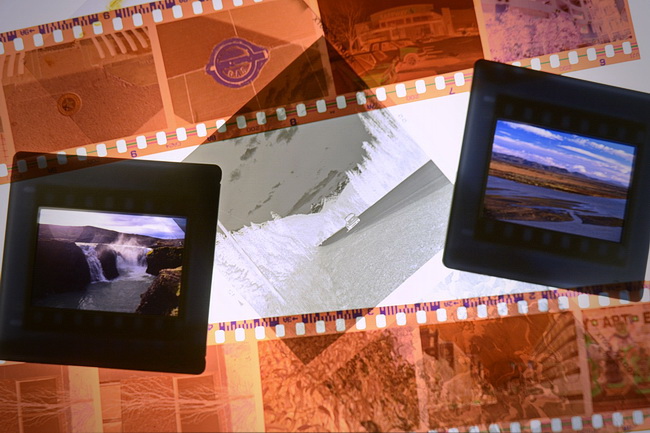 Making quality scans of your negatives and slides means hardware. Good hardware. And as with any topic that concerns photography and hardware, opinions span the spectrum and confusion abounds. Here’s my take on the available gear and what works for me.
Making quality scans of your negatives and slides means hardware. Good hardware. And as with any topic that concerns photography and hardware, opinions span the spectrum and confusion abounds. Here’s my take on the available gear and what works for me.
(Before digging into this article, read Part One if you haven’t already done so.)
Scanners can be broadly grouped into three categories: dedicated negative/slide scanners, flatbed scanners equipped to handle film, and everything else. Most photographers work with devices that fall into the first two categories, so let’s dispense with “everything else” first.
You can make “scans” with a digital SLR camera — Google the topic and you’ll see what’s involved. But even though I’ve tried the method a couple of times, I found it to be a lot of hassle for results that weren’t very good. You might be inclined to put more effort into it though and get scans that you find satisfactory. Certainly if you already have DSLR and a suitable macro lens, there’s no harm in trying.
There is also a whole family of inexpensive scanning devices that essentially amount to a cheap digital camera mounted in box that holds slides and negs. (Here’s a typical example.) They’re often sold as “film-to-digital converters.” They’re quick and easy, but quality isn’t exactly their forte. (Recall the “fast, cheap, good — pick any two” rule from Part 1.) And I’m sure there are a few gadgets out there that I don’t know about but have their advocates. Feel free to investigate them. But at the end of the day, there’s a reason why most photographers work with either flatbed or dedicated film scanners.
Dedicated Film Scanners
I do most of my 35mm scans (negatives and slides) with one of these. As a visit to Adorama or B&H will show, there are surprising number on the market. The majority handle only 35mm film. Once you start looking, you’ll encounter several specifications, but the two that matter most are dpi (dots per inch) and dynamic range. The first of these tells us the scanner’s potential resolution (the bigger the number, the better), the second describes the range of dark-to-light that the machine will output (again, the bigger the number the better). The trouble is most manufacturers tend to be terribly optimistic about what their equipment can do and often publish numbers that are, to put it charitably, theoretical. It’s not unusual for a scanner that claims 7,200 dpi resolution to output true resolution that’s far less than half that figure.
So how do you know if a scanner is going to be any good? Two ways. First, price is broad indicator. Anything under $100 is going to be one of those “converters” I mentioned before. Second, there’s a web page that you can visit that reports on the tests they’ve performed of many of the most popular scanner models: ScanDig. If you’re up for digging into the minutia of scanner performance, this is the place to go. Just be careful about disappearing down the rabbit-hole of specifications — only you can decide the difference between the “best” and what’s “good enough.” And only you know how deep your pockets are.
This field is represented by manufacturers such as Plustek and Pacific Image. Expect to pay $250 for something good, and more for something better.
Flatbed Scanners
I scan all my medium-format work with a flatbed. And you know what? So do lots of other photographers. Indeed, it’s hard to beat the cost-to-performance ratio of a decent flatbed. Sure, they get knocked pretty hard in some discussion forums, but the bottom line is that they work reasonably well. Besides, if you shoot medium format or larger, a flatbed is pretty much the only game in town unless you have plenty of dough to spend. As a bonus, you can use a flatbed to scan prints if that’s part of your workflow. Flatbeds will handle 35mm film too.
All the previously noted specifications and caveats apply to flatbeds as well as they do to dedicated scanners. In other words, take the specs with a grain of salt.
Epson and Canon are the big boys in this field. Expect to pay $150 and up. The Canon CanoScan 9000F, and Epson V550
, V600
, V700
, and V750
series are popular choices, with the Epson V800
and V850
having been recently announced.
Recommendations
So, between flatbeds and dedicated scanners, which would I recommend? That’s easy. If you shoot medium format, go for a flatbed. If you only shoot 35mm, get a dedicated scanner. If you shoot both and only want one scanner, a flatbed is for you. But in my experience, a dedicated scanner produces noticeably sharper 35mm scans than a flatbed.
As for me, I use an older Epson V500 for my medium-format film and a Pacific Image PrimeFilm 7250u
for 35mm. Neither are “best in show,” but they’re relatively inexpensive and when used with good software, produce decent results.
Talking of software, that’s the topic du jour for Part Three.
(Did you find this article interesting or helpful? If so, consider using this link the next time you shop at Amazon.com. Better yet, bookmark it for future use. Thanks to Amazon’s associates program, doing so costs you nothing yet helps keep this site up and running. Thanks!)

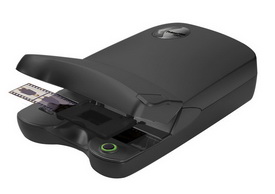
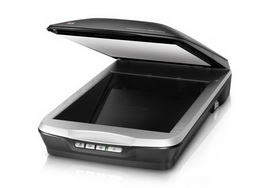
 Subscribe with RSS
Subscribe with RSS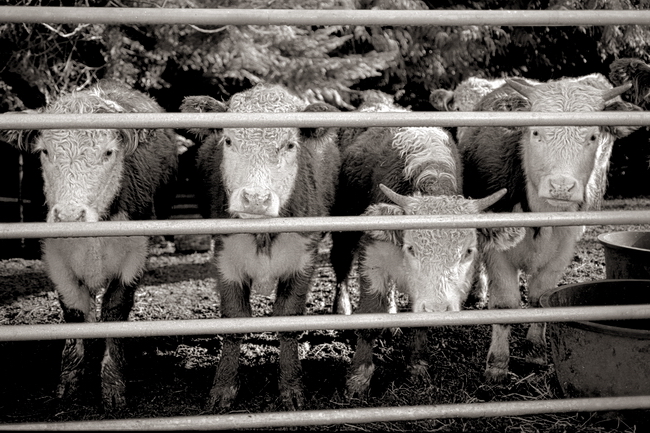
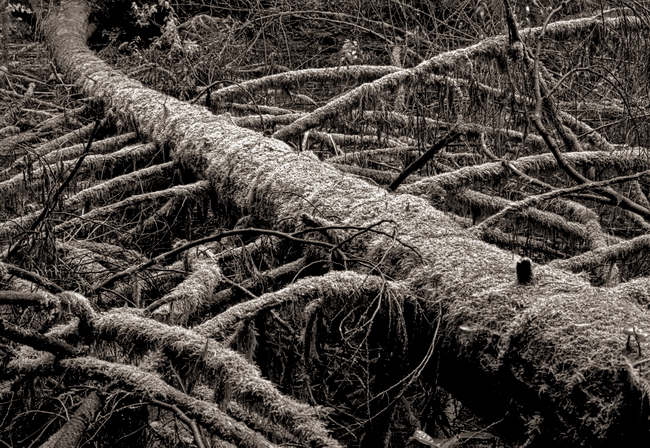
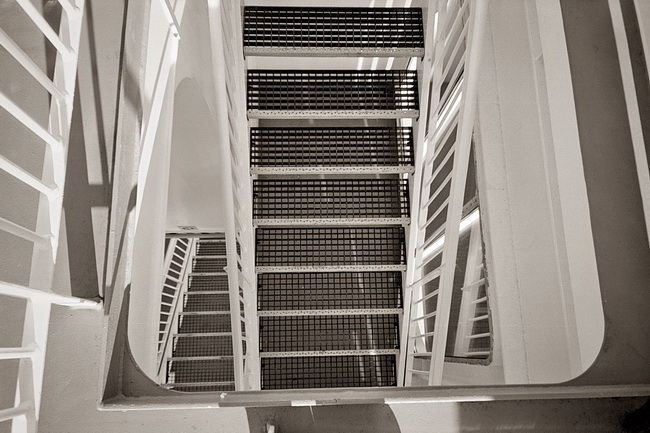
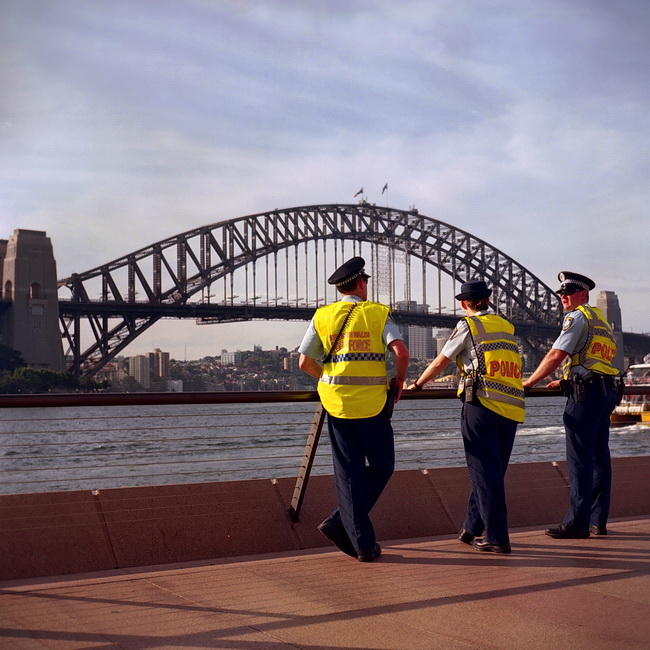
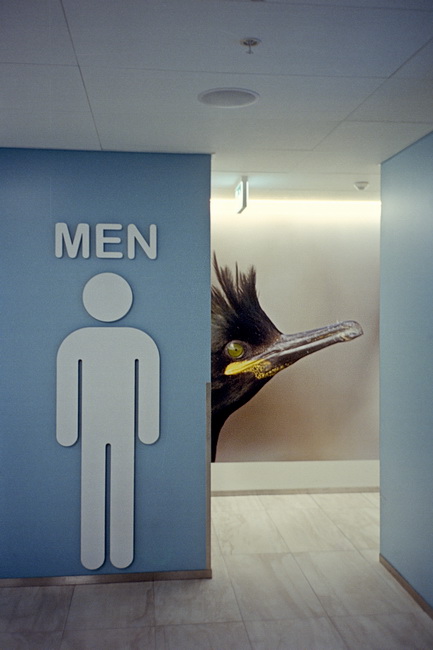
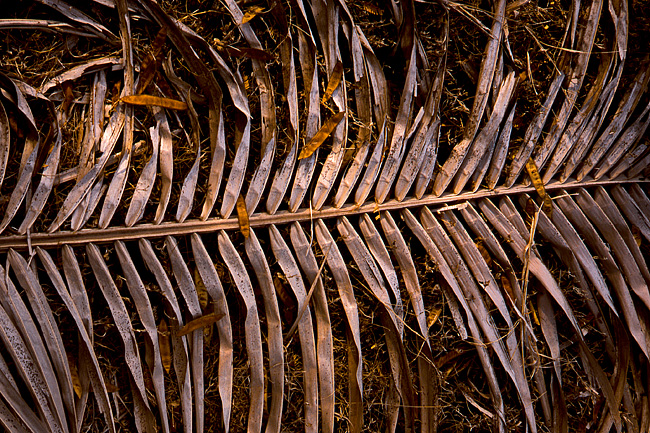
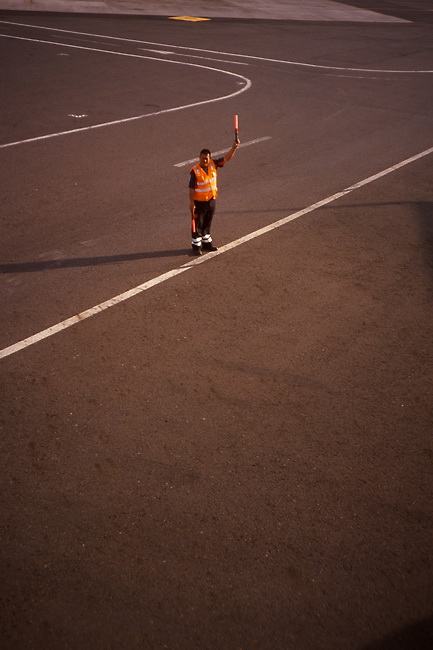

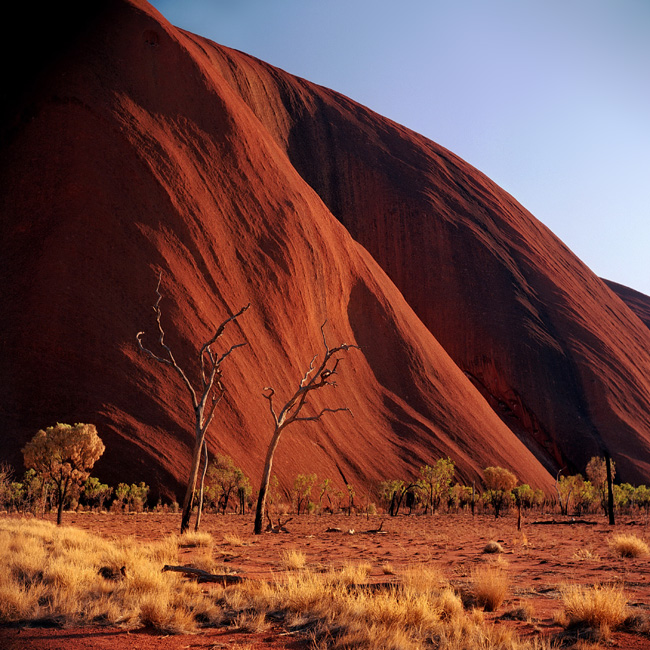

I sometimes think about buying a scanner for my slides and negatives but it takes up desk space and the missus doesn’t like it. Fortunately, I’ve been going to the same photo lab for almost ten years and when I get prints done he gives me the scans for free. Unfortunately, the prints have to be about 8×10 before producing digital files of very good quality. Or medium format. He has to scan the medium format film manually and he takes his time with the files. 35mm is usually done automatically by the machine. But beggars can’t be choosers. Getting good scans is expensive and the ones I get are usually good enough to put on my website.